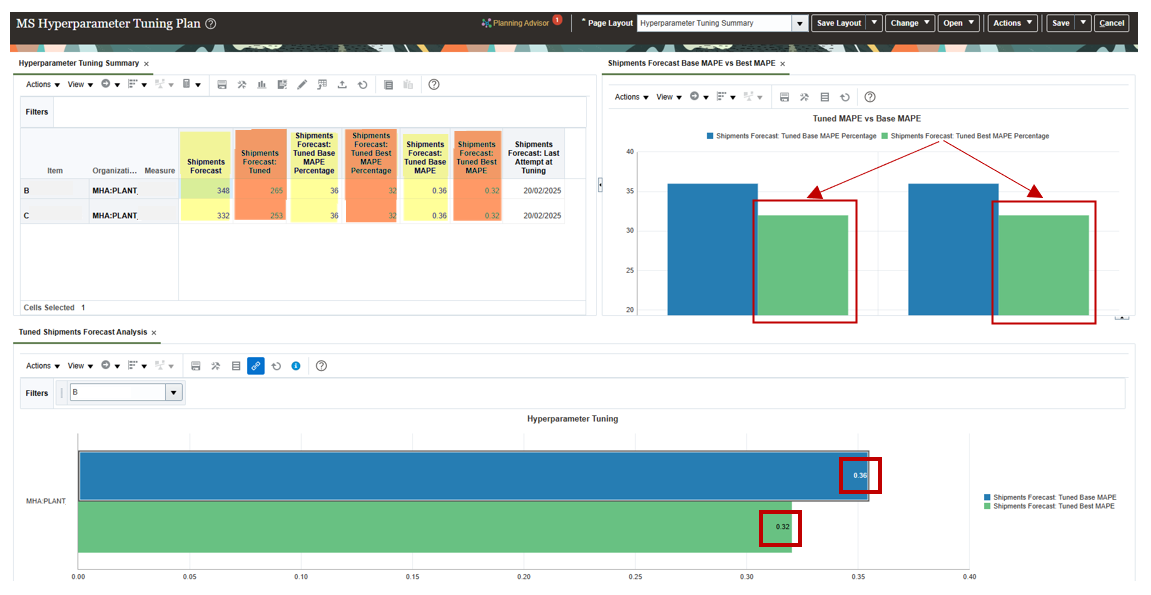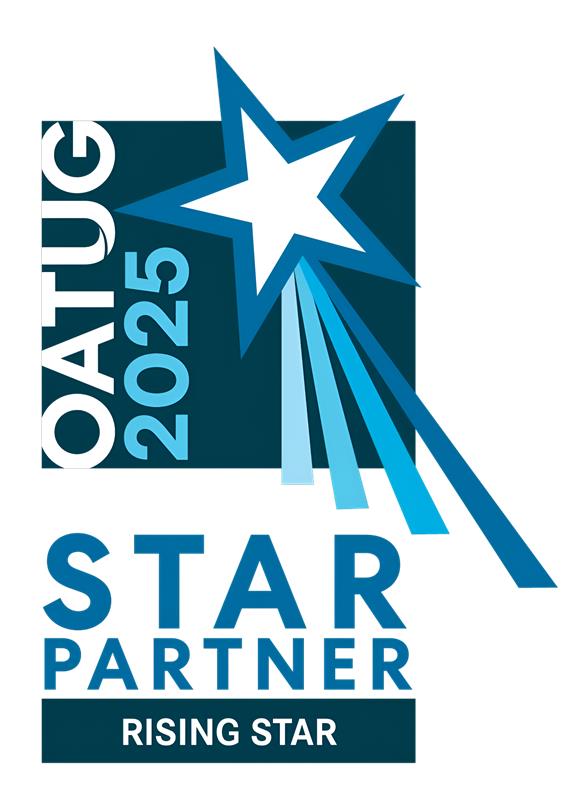Accurate demand forecasting is the cornerstone of an efficient supply chain, allowing organizations to optimize inventory, reduce stockouts, and enhance customer satisfaction.
Oracle Cloud Demand Management leverages advanced machine-learning algorithms to predict future demand based on historical data, employing multiple forecasting methods to generate a statistically reliable forecast. The system further refines predictions using a Bayesian approach to blend results from different methods and configurable forecasting parameters to fine-tune the outputs.
One of the key objectives in demand forecasting is achieving the best-fit forecast, which involves fine-tuning forecasting methods, causal factors, and parameter settings to enhance accuracy.
The Evolution of Forecast Tuning
Forecast tuning plays a crucial role in ensuring demand predictions align closely with actual market behaviour. The traditional approach can be described as below:
- Manually adjusting forecasting parameters through trial and error.
- Selecting appropriate forecasting methods (e.g., ARIMA, Exponential Smoothing, Machine Learning models).
- Configuring seasonality settings (e.g., monthly, quarterly, annual trends).
- Testing different lookback periods (e.g., using 6 months, 12 months, or 24 months of historical data).
- Evaluating forecast accuracy using metrics like MAPE, RMSE, and bias.
While effective, this manual approach can be labour-intensive, time-consuming, and possibly inconsistent across forecasting nodes.
A Simple Analogy: Baking a Cake
Imagine you are baking a cake, and you need to decide:
- The oven temperature (e.g., 160°C, 180°C, 200°C)
- The baking time (e.g., 25 min, 30 min, 35 min)
- The amount of sugar (e.g., 100g, 150g, 200g)
Any combination could result into a cake being baked, but to get the best one you might bake multiple cakes, adjusting the temperature and time to get the best texture and taste. If you manually test all combinations, it would take a long time. This trial-and-error method is similar to traditional forecast tuning.
Introducing Automated Hyperparameter Tuning
Automated hyperparameter tuning eliminates this trial-and-error process by leveraging machine learning to optimize parameter selection. Instead of manually testing various combinations, the system:
- Runs multiple models with different parameter values.
- Evaluates performance using accuracy metrics like MAPE.
- Adjusts parameters intelligently to find the best combination.
Similar to how a smart baking assistant would test and adjust baking conditions for the perfect cake, automated tuning refines forecast parameters for optimal accuracy.
A Game-Changer in Oracle Cloud Demand Management
Oracle Cloud Demand Management now integrates Automated Hyperparameter Tuning to streamline forecast optimization. This feature enhances forecasting accuracy with minimal manual intervention.
With Automated Hyperparameter Tuning, Oracle Cloud Demand Management intelligently selects the best parameter settings to achieve the most accurate forecast with the lowest possible Mean Absolute Percentage Error (MAPE).
Planning Advisor – Summary of Hyperparameter Tuning Results
Oracle Cloud Demand Management’s Planning Advisor plays a crucial role in streamlining forecasting accuracy by providing
real-time insights into hyperparameter tuning results. This feature helps analysts and demand planners make informed decisions based on data-driven recommendations.
The Planning Advisor Summary includes:
- Optimal Hyperparameter Settings: Displays the best parameter configurations identified through automated tuning.
- Forecast Accuracy Improvements: Highlights changes in key metrics like MAPE (Mean Absolute Percentage Error) before and after tuning.
- Model Performance Insights: Provides a comparison of different forecasting models and their effectiveness in improving demand predictions.
- Recommendation Score: Suggests the most suitable forecasting approach based on historical performance and real-time data.
By leveraging these insights, organizations can continuously refine their forecasting processes, ensuring demand predictions align more closely with real-world trends and operational needs.


The Role of Forecasting Profiles and Graphical Analysis
Oracle Cloud Demand Management provides powerful forecasting profiles that allow users to analyse:
- The best-fit forecast model for each product.
- A visual comparison of different forecasting methods.
- The impact of hyperparameter tuning on forecast accuracy.
Graphical representations, such as historical demand vs. predicted demand graphs, enable users to:
- Identify trends and seasonality.
- Compare pre-tuned vs. post-tuned forecast accuracy.
- Ensure forecasts align with real-world business expectations.

Conclusion
Oracle Cloud Demand Management’s Automated Hyperparameter Tuning marks a significant advancement in statistical forecasting.
Oracle Cloud Demand Management’s Automated Hyperparameter Tuning is more than just an enhancement—it’s a paradigm shift in statistical forecasting. By seamlessly integrating machine learning-driven optimization, businesses can now unlock a new level of precision, agility, and efficiency in demand planning.
This innovation is particularly transformative for industries like discrete manufacturing, retail, and consumer goods or any industry, where fluctuating demand patterns require continuous adaptability. By eliminating manual guesswork and enabling forecasts to self-optimize, organizations can confidently navigate market volatility, optimize inventory, and enhance service levels.
As businesses embrace data-driven supply chain strategies, automated tuning becomes a powerful enabler of growth, resilience, and competitive advantage. The future of forecasting is not just about predicting demand—it’s about staying ahead of it.




